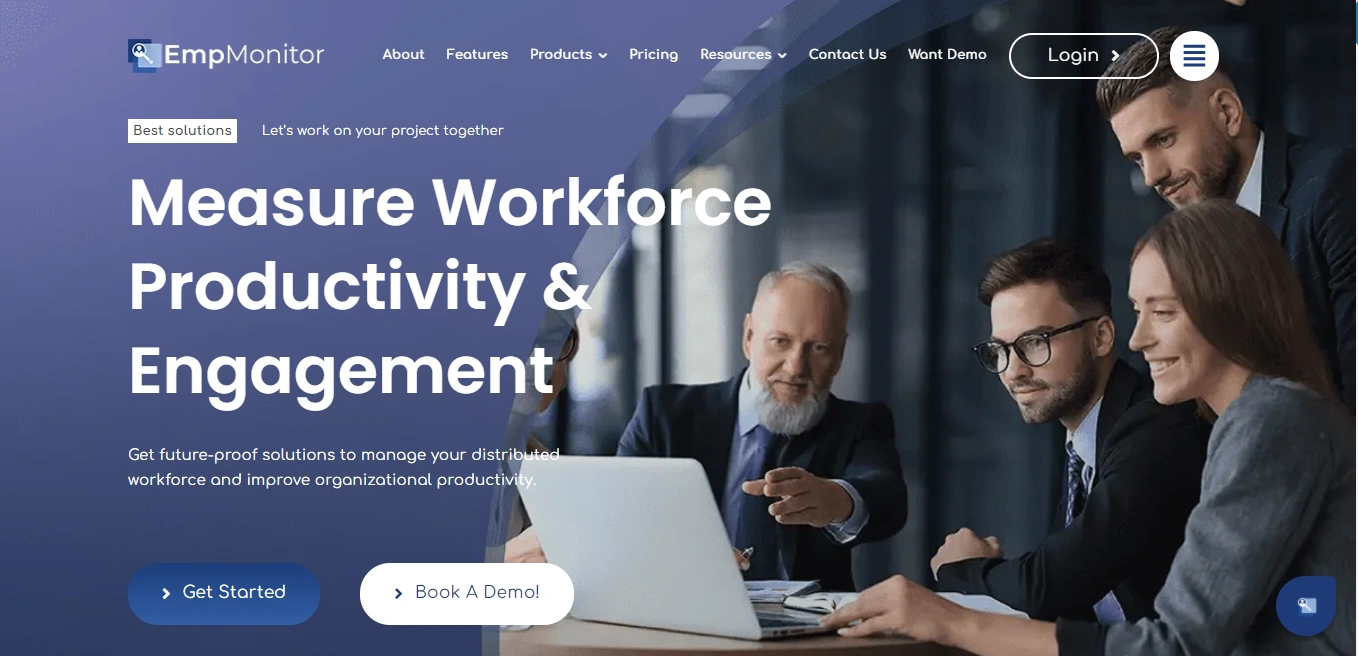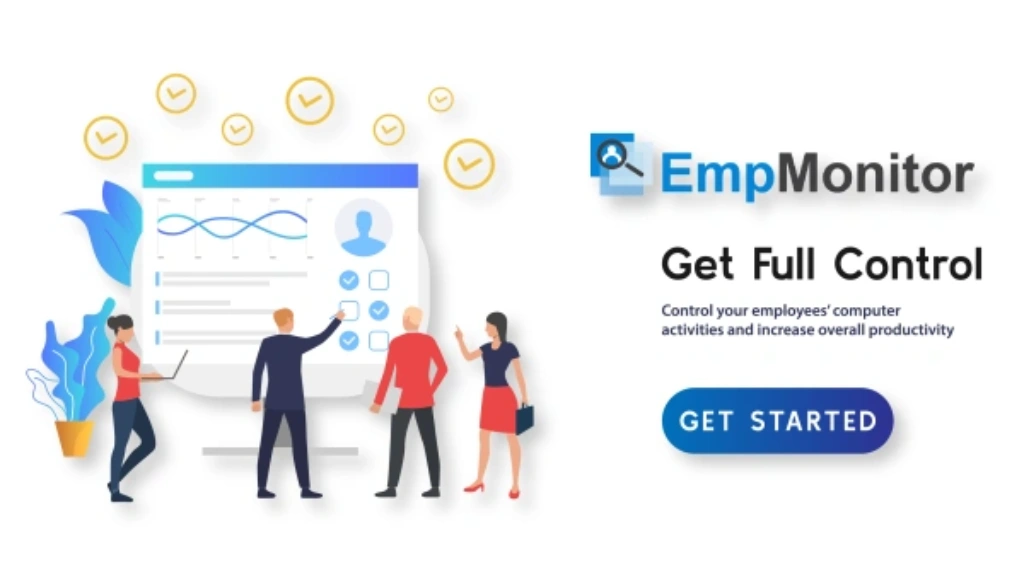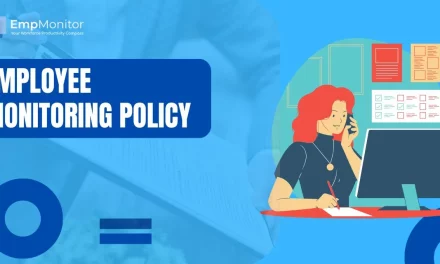Even with careful planning for tasks and deadlines, unexpected challenges can still disrupt schedules and create stress. That’s why flexibility in management is not just an option, it’s essential for keeping operations smooth despite disruptions. No matter how well-structured a project is, last-minute changes, shifting priorities, and unforeseen obstacles are all part of the process.
To stay on track, managers must adopt flexible workforce management strategies that allow their teams to adapt quickly without losing productivity. It involves building a structure that supports agility, encourages problem-solving, and provides efficient decision-making. By balancing strategic planning with a culture of adaptability, businesses can remain resilient even in unpredictable situations.
In this blog, we’ll explore 10 key strategies that make management more flexible, from creating a well-rounded team to integrating smart tools and processes that support agility. These strategies will provide practical ways to manage uncertainty while keeping productivity high.
In a hurry? Listen to the blog instead!
What Is Flexibility In Management?
Flexibility in management is the ability to adapt leadership approaches, decision-making, and operational strategies in response to changing circumstances. It allows businesses to stay efficient and resilient despite market shifts, unexpected challenges, or evolving project demands.
Rather than following strict structures, flexible management assumes agility and adaptability, providing that teams can quickly respond to new priorities without disrupting productivity. This approach includes adjustable workflows, authorized employees, open communication, and technology-driven solutions that support seamless transitions.
By integrating flexibility management in the workplace, managers create an environment where teams can handle challenges effectively while maintaining focus on long-term goals.
10 Keys To Success In Flexible Management
Achieving flexibility in management requires a combination of strategic planning, the right mindset, and effective tools. Here are ten key strategies that help organizations create a flexible workforce management system that improves productivity:
1. Pick The Right Team For Flexible Work
Even the most adaptable management strategies won’t work without the right team in place. Flexibility in management starts with hiring employees who can adjust to shifting preferences, work across different roles, and take ownership of their responsibilities. A rigid team can slow down progress, while an adaptable one ensures that projects stay on track even when unexpected challenges arise.
Balancing Specialists & Generalists
While having experts in specific areas is valuable, a flexible team benefits from individuals who can take on multiple roles when needed. Employees with a broad skill set bring versatility, allowing managers to redistribute tasks without disturbances. Instead of relying on one person for a specialized task, a well-rounded team can step in and keep things moving.
Accountability & Self-Sufficiency
A key aspect of flexible workforce management is providing that employees can work independently without constant supervision. Team members who take responsibility for their tasks and problem-solve on their own make it easier for managers to focus on overall strategy rather than micromanaging every detail. Encouraging autonomy helps teams respond swiftly to unexpected situations.
Team Bonding
A strong team is essential for flexibility in management in the workplace. When employees trust each other and communicate openly, they can collaborate more effectively and step in to support one another when workloads shift. Investing in team-building activities and fostering a culture of mutual support strengthens adaptability and ensures that changes are met with cooperation rather than resistance.
2. Choose Tools For Collaboration.
Flexibility in management is not just about having the right mindset—it also requires the right tools. Without efficient technology, even the most adaptable teams can struggle to maintain seamless operations. A well-integrated productivity management system ensures that teams can communicate, collaborate, and adjust their workflows without unnecessary delays.
Project Management Software
Project management tools allow managers to track progress, update tasks, and collaborate in real time—no matter where they are. Platforms like EmpMonitor project management software help teams stay organized while maintaining the agility to pivot when needed.
Real-Time Communication
Delayed communication can lead to setbacks, misunderstandings, and inefficiencies. Instant messaging, video calls, and shared workspaces streamline decision-making and keep everyone aligned. Tools that enable task-based discussions and instant notifications ensure that updates are received without clogging inboxes with lengthy email threads.
Workforce Monitoring
As flexibility in management grows in importance, maintaining transparency without micromanaging becomes essential. This is where EmpMonitor plays an important role. It helps businesses track performance metrics, monitor workflow efficiency, and provide accountability without disrupting the work environment. By providing real-time insights into work patterns, time tracking, and employee engagement, EmpMonitor enables managers to balance autonomy with performance, creating a structured yet adaptable workflow.
With the right tools, teams can adopt adaptability while maintaining structure and clarity.
Also Read!
10 Secrets to Successful And Effective BYOD Management
06 Examples To Improve Employee Flexible Work Arrangements
9+ Task Management Tips You Should Know This Year
3. Make Workflow Flexibility
No matter how well a plan is structured, unexpected disruptions are inevitable. A rigid workflow may seem efficient in theory, but it often leads to inefficiencies when adjustments are necessary. Incorporating flexibility in management into workflows, especially in BYOD (Bring Your Device) environments, enables teams to respond swiftly to changes while maintaining productivity and meeting objectives.
One way to achieve this is by allowing buffer time within deadlines. Overestimating time requirements helps prevent last-minute stress and gives teams room to handle unforeseen challenges. Instead of filling schedules to the brim, managers should leave space for unexpected changes, ensuring that productivity doesn’t take a hit when adjustments are needed.
A balanced approach blends efficiency with adaptability. Structuring workflows to be adaptable means teams can pivot quickly without compromising output quality. Utilizing productivity monitoring software ensures that teams remain efficient while also allowing the flexibility in management required for agile management.
4. Build Risk Management Into Your Decision-Making
Uncertainty is part of every business, and without a solid risk management strategy, flexibility is difficult to maintain. Identifying potential risks early allows businesses to prepare for disruptions before they occur.
A structured approach to risk management involves four key responses:
Avoid: If a risk brings more harm than benefit, eliminating it from the workflow is the best choice.
Mitigate: Implementing preventive measures can reduce the impact of unavoidable risks.
Transfer: Handing off risk-heavy tasks to specialists or external teams minimizes direct exposure.
Accept: Some risks are worth taking, provided they are managed with contingency plans.
By planning for risks in advance, businesses ensure they can adapt to challenges without compromising workflow efficiency. Tracking work patterns and detecting early signs of inefficiencies further strengthen risk preparedness.
5. Build A Strong Relationship With Your Client
Flexibility in management isn’t just about internal processes; it extends to client relationships as well. Strong communication and transparency are the basis of trust, which in turn supports long-term collaboration.
Setting expectations at the beginning of a project prevents misunderstandings later. This involves outlining the scope, deadlines, and possible adjustments that might arise. Additionally, creating regular feedback loops ensures that changes are addressed promptly rather than causing disruptions at later stages.
Flexibility in management ensures that businesses understand and adapt to evolving client needs. By maintaining open communication channels and using data-driven insights, organizations can align client expectations with project realities, fostering a mutually beneficial working relationship.
6. Stay Connected With Your Team Regularly
Flexibility in management strategy includes consistent check-ins with the team. Daily stand-up meetings provide quick progress updates and allow teams to identify roadblocks in real time. In organizations with Employee Flexible Work Arrangements, these short, focused meetings ensure alignment and collaboration without disrupting workflow.
Sprint reviews help assess work cycles and make improvements for future projects. For remote teams, flexible scheduling ensures inclusivity while keeping productivity intact. Digital tools help in tracking employee engagement and performance without micromanagement, allowing teams to stay connected even when working remotely.
7. Review Every Project To Improve Performance
Every completed project offers valuable lessons. Regularly analyzing project performance helps managers refine workflows and eliminate inefficiencies.
Analytics can pinpoint bottlenecks that slow down operations. Identifying such inefficiencies enables teams to adjust their approach in future projects, ensuring consistent progress. Productivity monitoring software plays a crucial role in gathering actionable insights and helping managers make data-driven decisions.
By adopting continuous learning, organizations can optimize their strategies, improve resource allocation, and create a flexible yet productive work environment.
8. Continuous Learning
Flexibility in management is rooted in a culture that values learning and adaptation. Encouraging employees to upskill and stay updated with industry trends enhances their ability to adapt to new challenges.
Workplaces that reward adaptability and innovation naturally cultivate resilience. By investing in employee development, businesses ensure that teams can pivot quickly and embrace change rather than resist it.
Tracking employee progress and identifying training needs make continuous learning an integral part of organizational growth.
9. Trust Your Team To Make Smart Decisions
Micromanagement stifles flexibility in management. When employees have the autonomy to make decisions, they respond to challenges faster and take ownership of their work.
Managers should delegate authority and trust their teams to handle responsibilities. This not only improves efficiency but also fosters a culture of accountability and innovation. Encouraging independent thinking empowers employees to find creative solutions, ultimately leading to a more agile workforce.
Providing managers with visibility into employee performance allows them to support autonomy while ensuring alignment with business objectives.
10. Use Workforce Management Tools
Technology plays an important role in improving flexibility in management. Workforce management tools allow organizations to maintain operational efficiency while allowing room for adaptability. These tools help track performance, monitor productivity, and streamline workflow management.
Integrating workforce management software provides that businesses maintain a structured yet adaptable approach to managing teams. By using technology to improve decision-making, organizations can sustain high productivity while allowing flexibility in management of day-to-day operations.
EmpMonitor: A Comprehensive Workforce Management Solution
EmpMonitor is a comprehensive workforce management solution designed to provide businesses with detailed analytics and insights. It offers a suite of features tailored to improve workplace efficiency and security:
Time-Tracking: Effective time management is crucial for meeting deadlines and maximizing efficiency. With time-tracking features, businesses can monitor work hours, track project timelines, and ensure employees stay on schedule.
User Activity Monitoring: Distractions can significantly impact efficiency. By analyzing app and website usage, businesses can identify productivity roadblocks and create strategies to minimize distractions. The goal isn’t to micromanage but to help employees stay focused and work more effectively.
Insider Threat Prevention: Protecting sensitive business data is a top priority. This software helps detect unusual activity, unauthorized access, or potential security threats. By identifying risks early, businesses can prevent data breaches, fraud, and compliance violations—ensuring a safer work environment.
Attendance Monitoring: Manual attendance tracking can be time-consuming and prone to errors. Automated attendance monitoring ensures accurate records of work hours, breaks, and overtime, making payroll processing smoother and reducing discrepancies. It also helps businesses manage shifts and scheduling more efficiently.
Workforce Productivity & Engagement: To drive success, businesses need a clear picture of employee performance. By analyzing key metrics, managers can identify top performers, pinpoint areas for improvement, and foster a more engaged, collaborative team. The data-driven insights from this software help create a culture of continuous improvement and high performance.
By using such tools, businesses can optimize team performance, detect workflow inefficiencies, and ensure compliance with organizational policies. Incorporating advanced workforce monitoring solutions like EmpMonitor enhances transparency, improves efficiency, and maintains a balance between structure and flexibility in management.
Conclusion
Managing a business comes with unexpected challenges, making flexibility in management essential. An inflexible structure can slow progress, while an adaptable approach allows teams to adjust to changes without disrupting productivity. When managers adopt flexibility in management, employees can work more efficiently, collaborate better, and stay motivated in a busy environment.
Each of the strategies discussed plays a role in helping businesses maintain stability while allowing room for adjustments. Clear communication, responsive leadership, and structured planning help teams navigate challenges effectively. Encouraging flexible working arrangements and using productivity management tools creates a balanced approach that meets both business and employee needs.
Workforce management tools like EmpMonitor provide valuable support in maintaining flexibility. With features such as time-tracking, employee monitoring, attendance management, and productivity analysis, businesses can streamline operations while providing accountability. These tools allow managers to track performance, address inefficiencies, and make informed decisions that benefit both the organization and its employees.
By prioritizing flexibility, businesses can create a productive, adaptable work environment. It not only improves efficiency but also enhances employee satisfaction and long-term success. A well-managed team that can adjust to challenges is better equipped to achieve goals and sustain growth in a constantly changing business landscape.
FAQ
How can managers balance structure and flexibility?
By setting clear goals, using management tools, and fostering accountability without micromanaging, managers can maintain structure while allowing employees the freedom to work effectively.
What are the main challenges of flexible management?
Keeping teams aligned, ensuring productivity, and managing workloads can be difficult without clear communication, proper tracking, and fair workload distribution.
How do flexible work arrangements benefit employees?
They improve work-life balance, increase job satisfaction, and enhance motivation by giving employees more control over their schedules and responsibilities.
How does technology support flexible management?
Collaboration tools, performance tracking software, and workflow automation help teams stay connected, maintain productivity, and streamline processes.
Can all industries adopt flexible management?
Yes, with the right approach. Even industries with rigid structures can implement flexibility through shift adjustments, remote tasks, or performance-based work models.












